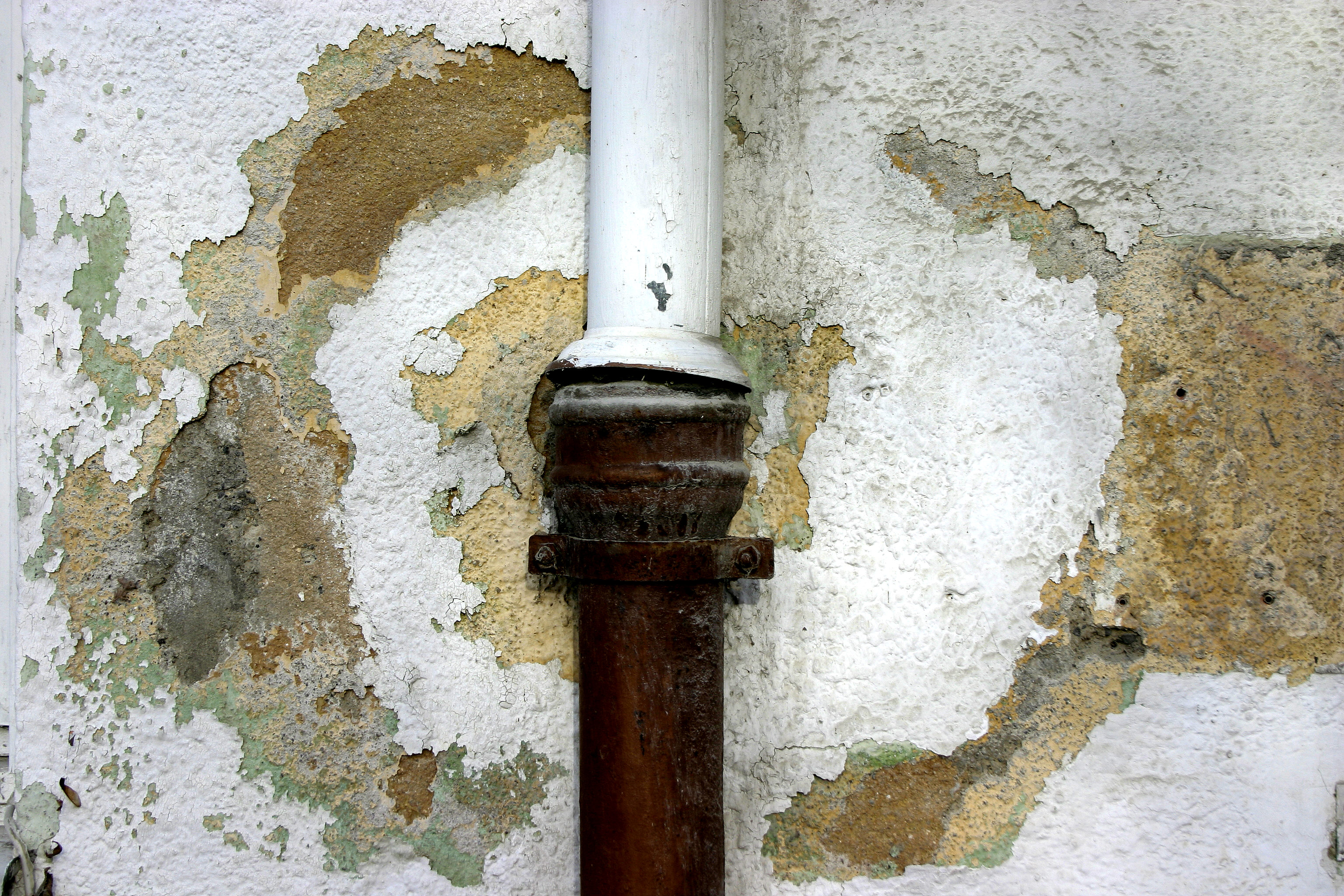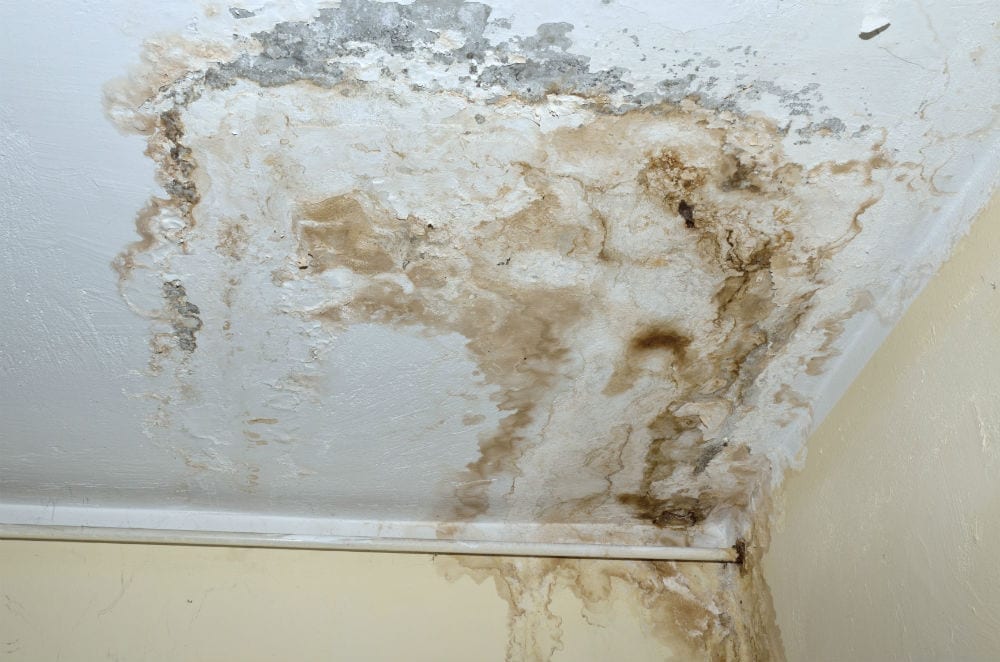Do's & Don'ts of Water Damage.
Do's & Don'ts of Water Damage.
Blog Article
Just how do you actually feel on the subject of Simple Solutions To Preventing Fire And Water Damage To Your Home?

Though water offers life, water breach on parts where it's not meant to be can lead to damage. If the water soaks right into your framework, it can peel away surface areas as well as wear down the structure. Mold as well as mildew also prosper in a damp environment, which can be harmful for your health and wellness. Residences with water damage smell old as well as stuffy.
Water can originate from lots of resources such as tropical cyclones, floodings, ruptured pipes, leaks, and also sewer problems. In case you experience water damages, it would be good to understand some safety preventative measures. Below are a couple of guidelines on just how to deal with water damage.
Do Prioritize House Insurance Coverage Coverage
Water damages from flood dues to heavy winds is seasonal. Nevertheless, you can also experience an unexpected flooding when a defective pipeline unexpectedly bursts into your home. It would be best to have residence insurance that covers both acts of God such as natural catastrophes, and also emergency situations like busted plumbing.
Don't Fail To Remember to Switch Off Utilities
This cuts off power to your entire home, stopping electrical shocks when water comes in as it is a conductor. Don't fail to remember to transform off the major water line shutoff.
Do Keep Proactive and also Heed Weather Condition Informs
Storm floods can be very uncertain. If there is a background of flooding in your community, stay aggressive and ready. Listen to evacuation warnings if you live near a creek, lake, or river . Take out valuables from the ground floor as well as cellar, then put them on the highest feasible degree. Doing so minimizes possible residential or commercial property damages.
Don't Disregard the Roof
You can prevent rainfall damages if there are no openings and leakages in your roofing. This will avoid water from flowing down your wall surfaces and soaking your ceiling.
Do Take Notice Of Small Leakages
A ruptured pipeline doesn't take place overnight. Usually, there are red flags that indicate you have actually compromised pipelines in your house. You might see gurgling paint, peeling off wallpaper, water touches, water spots, or trickling sounds behind the wall surfaces. Ultimately, this pipeline will break. Preferably, you must not wait for points to escalate. Have your plumbing repaired before it leads to huge damage.
Do Not Panic in Case of a Burst Pipe
Keeping your presence of mind is essential in a time of situation. Stressing will just compound the problem because it will certainly stifle you from acting quick. Timing is essential when it comes to water damages. The longer you wait, the even more damages you can anticipate. Hence, if a pipeline bursts in your home, immediately turned off your main water shutoff to cut off the resource. Then disconnect all electrical outlets in the location or shut off the breaker for that part of the house. Ultimately, call a credible water damage remediation professional for help.
Water provides life, water breach on parts where it's not intended to be can result in damages. Homes with water damage odor mildewy and also old.
Water damage from flood fees to hefty winds is seasonal. You may observe bubbling paint, peeling off wallpaper, water touches, water discolorations, or dripping audios behind the walls. When it comes to water damage, timing is key.
Some Do's & Don't When Dealing with a Water Damage
DO:
Make sure the water source has been eliminated. Contact a plumber if needed. Turn off circuit breakers supplying electricity to wet areas and unplug any electronics that are on wet carpet or surfaces Remove small furniture items Remove as much excess water as possible by mopping or blotting; Use WHITE towels to blot wet carpeting Wipe water from wooden furniture after removing anything on it Remove and prop up wet upholstery cushions for even drying (check for any bleeding) Pin up curtains or furniture skirts if needed Place aluminum foil, saucers or wood blocks between furniture legs and wet carpet Turn on air conditioning for maximum drying in winter and open windows in the summer Open any drawers and cabinets affected for complete drying but do not force them open Remove any valuable art objects or paintings to a safe, dry place Open any suitcases or luggage that may have been affected to dry, preferably in sunlight Hang any fur or leather goods to dry at room temperature Punch small holes in sagging ceilings to relieve trapped water (don't forget to place pans beneath!); however, if the ceiling is sagging extremely low, stay out of the room and we'll take care of it DO NOT:
Leave wet fabrics in place; dry them as soon as possible Leave books, magazines or any other colored items on wet carpets or floor Use your household vacuum to remove water Use TV's or other electronics/appliances while standing on wet carpets or floors; especially not on wet concrete floors Turn on ceiling fixtures if the ceiling is wet Turn your heat up, unless instructed otherwise

I was shown that report on Preventing Fires and Water Damage In Your Home from an acquaintance on another web address. Sharing is good. Helping people is fun. Thanks for your time. Visit us again soon.
Report this page